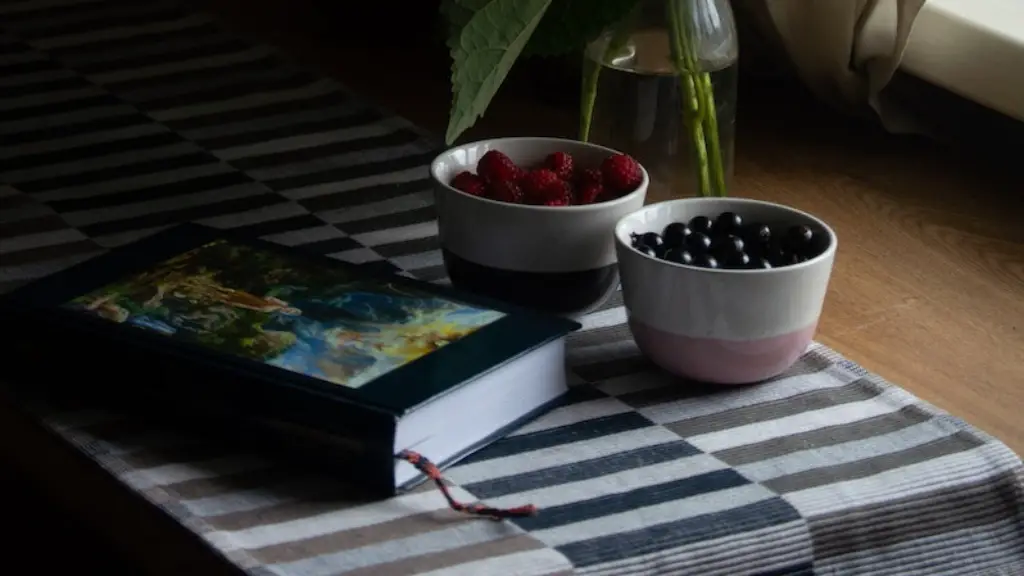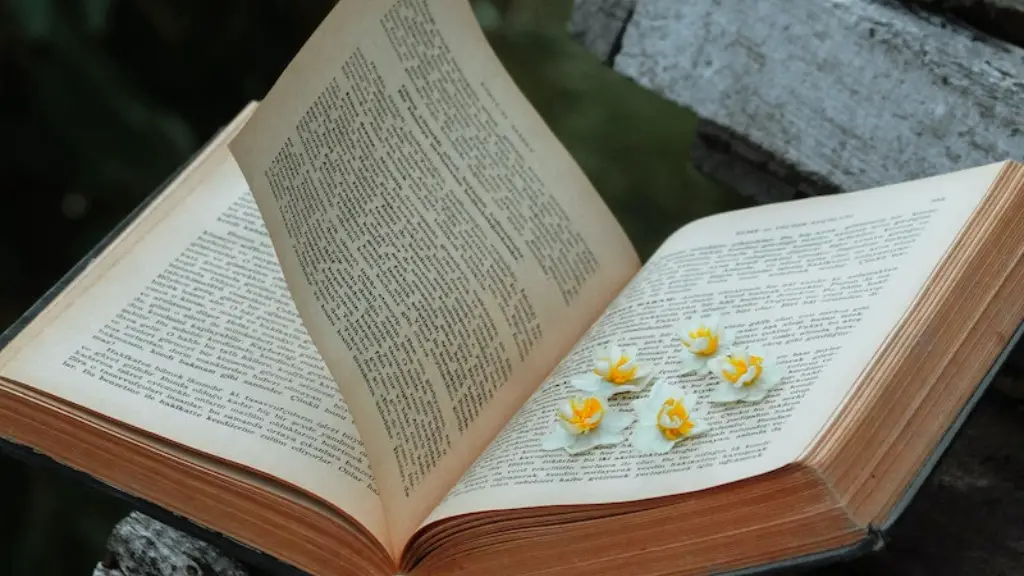Understanding rhyme scheme in poetry can seem like a daunting task for anyone who is new to the subject. However, it is actually much simpler than one might think. Rhyme schemes, or the pattern of rhymes in a poem, are a crucial element for any poet looking to write a successful, impactful poem. It also helps the reader to understand the poem better and can add a certain musicality to the poem.
What is Rhyme Scheme?
Rhyme scheme is the pattern of rhymes used in a poem. It refers to the end words of each line, and the pattern of rhyming those words creates the overall rhyme scheme of the poem. The rhymes can be full, slant, or half rhymes and the poem’s rhyme scheme is typically expressed in letters of the alphabet. The letters refer to the sound made by each word and the order and number of the letters are used to signify specific rhyme schemes.
For example, an aabbcc rhyme scheme means that each set of lines has two lines of different rhymes, followed by two more lines of different rhymes, and so on. An aaabbb rhyme scheme is more straightforward, with each line rhyming with the one that comes directly before it, and so on.
Why is Rhyme Scheme Important?
Rhyme scheme is an important feature of poetry because it can create structure and organization. By using end rhymes, a poet can create a poem that is easier to read, as the reader will have an easier time predicting what the next word or line will be. Additionally, the use of rhyme scheme can also help to create a sense of unity in a poem by helping to unify the different elements of a poem.
Using rhyme scheme in a poem can also help to build the emotional aspect of the poem. By using end rhymes, the poet can create a poem that is more musical and impactful. By providing a consistent structure to the poem, the poet can create a sense of cohesion and focus to the poem.
Additionally, rhyme scheme can also play an important role in how the poem is received by the reader. By creating a consistent pattern of end rhymes, the poet can create stronger emotional impact on the reader by heightening the importance of certain words and themes in the poem.
Types of Rhyme Scheme
There are numerous different types of rhyme schemes that a poet can use in their poetry. Some of the most common rhyme schemes are simple AABB, ABAB, and ABCB. However, there are many different variations and combinations of these rhyme schemes, so it is up to the poet to decide which one fits the poem best.
In addition to the typical rhyme scheme, some poets also choose to use irregular rhyme scheme or “slant” rhymes in their poetry. Slant rhymes are rhymes that are not exact, but they still have a similarity in their sound. The use of slant rhymes can help to create a unique sound to the poem and can also help to create a sense of unity and focus.
Common Examples of Rhyme Scheme in Poetry
One of the most iconic examples of rhyme scheme in poetry is William Wordsworth’s “Daffodils”. This poem follows the AABBCC rhyme scheme and features a variety of end word rhymes throughout. Additionally, the use of the poem’s consistent rhyme scheme helps to create a sense of rhythm and fluidity in the poem.
Another prime example of rhyme scheme in poetry is Alexander Pushkin’s “The Bronze Horseman”. This poem follows an ABACBC rhythm and features a number of end word rhymes throughout. The consistent pattern of end word rhymes helps to create a unified, powerful poem.
Rhyme Scheme in Popular Culture
Rhyme scheme is also extremely popular in popular music, particularly in rap music. Rappers often use rhyme schemes to give their lyrics structure and to create a rhythmic, musical quality to the song.
It is also popular in spoken and written literature. Authors will often use rhyme scheme in their writing to help to create a more musical and poetic quality to their works.
Conclusion
In conclusion, rhyme scheme is an essential component of any successful poem. It can help to create a sense of structure, organization and music in the poem, making it easier for the reader to understand and enjoy it.



